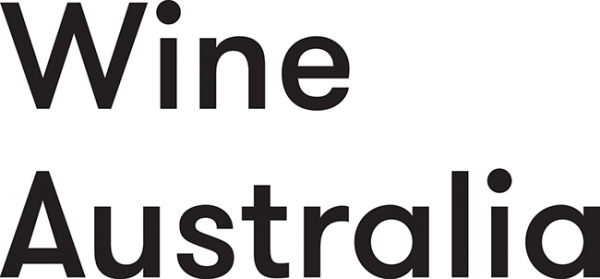| Dr. Daniel Molitar Late frost damage risk for viticulture under future climate conditions: a case study for the Luxembourgish winegrowing region |
The 2019 Dr Peter May Award was awarded to Dr. Daniel Molitar
Molitor, D. , Caffarra, A. , Sinigoj, P. , Pertot, I. , Hoffmann, L. and Junk, J. (2014), Late frost damage risk for viticulture under future climate conditions: a case study for the Luxembourgish winegrowing region. Australian Journal of Grape and Wine Research, 20: 160-168. doi:10.1111/ajgw.12059
Summary
Late frosts are a significant risk to grape production in frost-prone viticultural regions. Increasing air temperature because of climate change is likely to advance grape budburst and last frost events in spring. Up to the present study, it was unclear whether one trend will be more pronounced than the other, and hence, whether the risk of late frost damage will increase or decrease in the future.
The aim of this work was to investigate the future frost risk in the Luxembourgish winegrowing region by assessing the effect of projected future climate conditions on the timing of budburst and last frost date.
Late frost risk was assessed by combining: (i) a phenological model for budburst of the grapevine; and (ii) ensemble-based projections of future air temperature (SRES A1B emission scenario). Analyses confirmed that increasing spring temperature will advance both the timing of budburst and the date of the last frost. This advancement, however, will be more pronounced for last frost events than for budburst. Consequently, modelled projections indicate that the frequency of spring frost damage in the Luxembourgish winegrowing region will decrease, without completely excluding them for the near (2021–2050) or the far future (2069–2098).
This study was as far as we know the first one dealing with the future late frost risk in viticulture under climate change conditions. It has meanwhile been followed by several studies for other viticultural regions based on new emission scenarios, which partly came to comparable and partly to contrasting results regarding the future late frost risk.










